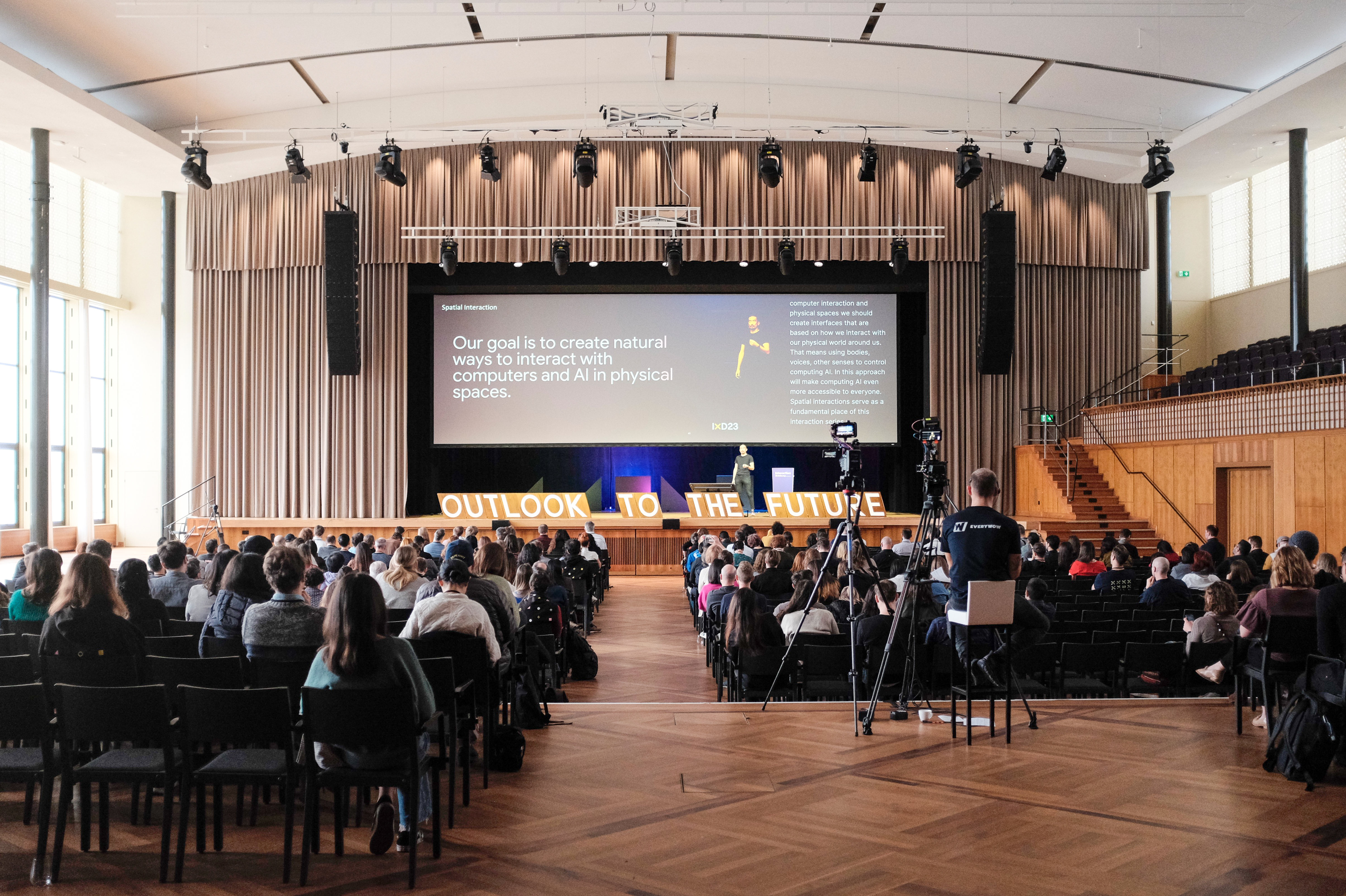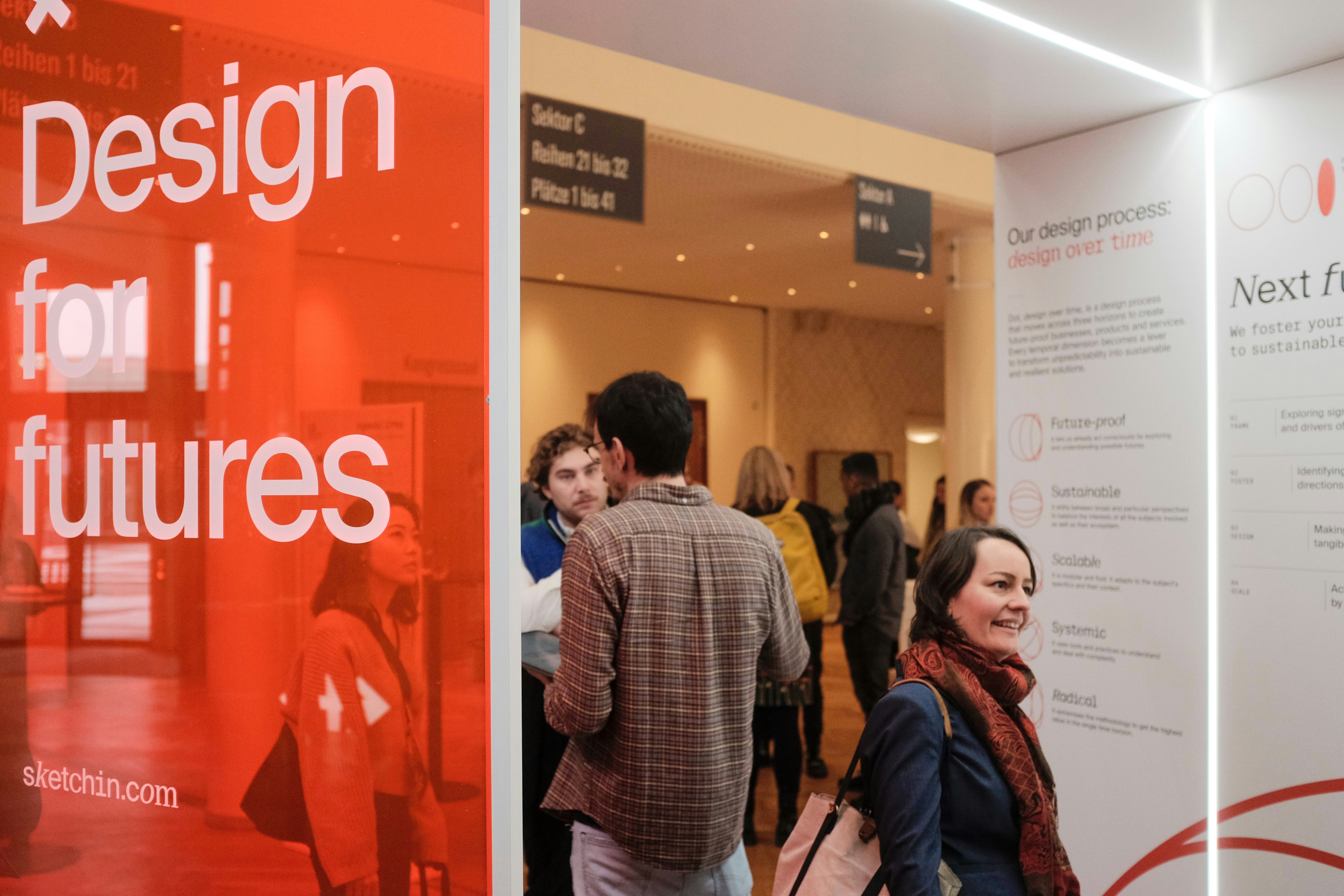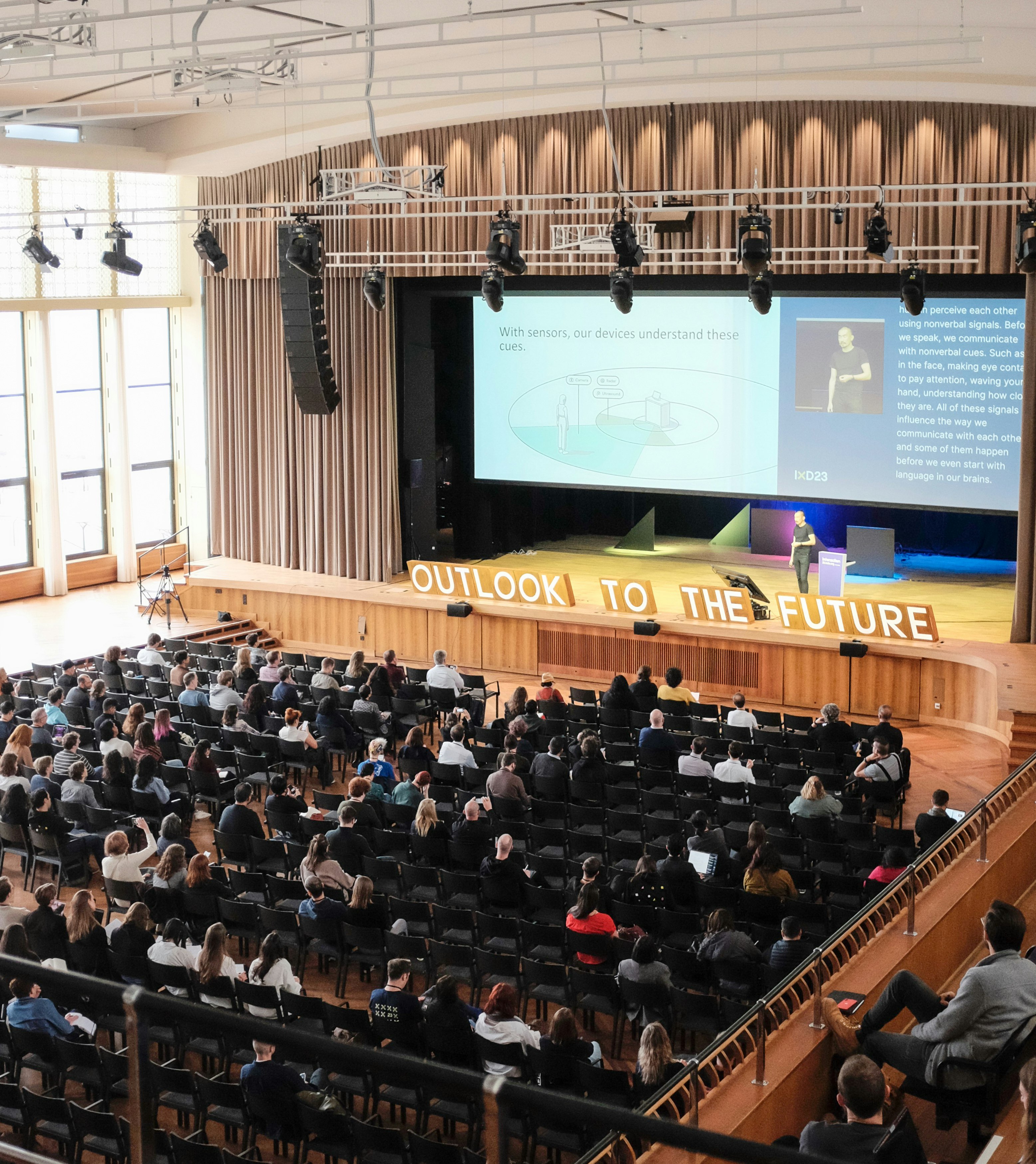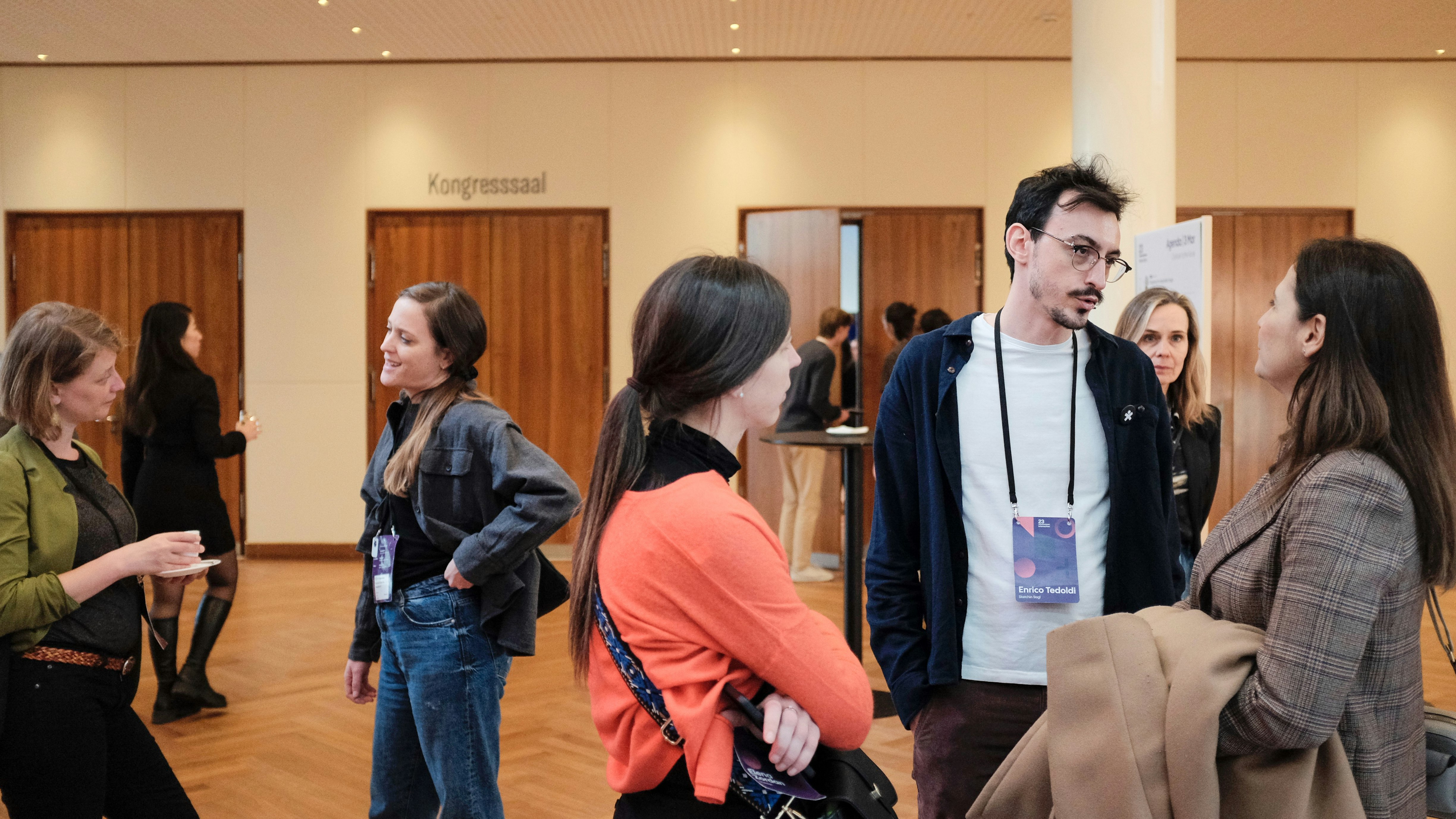Participating in IXD23 means exposure to global experience design: the conference has always been committed to improving the human condition by advancing the discipline, and so do we. This is why we support it and join its wanderings worldwide whenever it gets close, like this year at our home in Switzerland.
The extraordinary value of such occasions is in people and their ideas: many keynote speakers and a passionate design community. The ideas were many, and the intertwined debates among us who followed the conference were equally lively.







